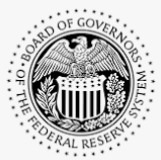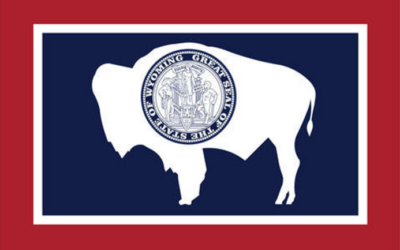Introduction:
Mortgage rates, influenced by various economic factors, play a significant role in determining the affordability and accessibility of homeownership. In this blog, we will delve into the reasons why last year we saw mortgage rates rise to levels not seen since 2000. We will also provide projections for when they are expected to fall, based on reliable data and expert opinions.
Factors Behind Current High Mortgage Rates:
1. Economic Recovery and Inflation:
Mortgage rates are closely linked to the overall health of the economy. When the economy is growing, inflation expectations increase, prompting lenders to raise interest rates to mitigate risk. The COVID-19 pandemic caused significant disruptions to economies worldwide. To support economic recovery, the Federal Reserve and central banks implemented accommodative monetary policies, such as artificially low-interest rates. However, recent economic improvement and out-of-control inflation led to an upward pressure on rates during 2023.
2. Supply and Demand Dynamics:
Demand for mortgages during COVID-19 surged due to historically low rates, stimulating the housing market. Meanwhile, the pandemic disrupted the housing supply chain, resulting in limited inventory and heightened competition among buyers. This high demand and low inventory have continued to be pervasive in the Colorado Market even after the pandemic weaned. Increased demand and limited supply have created a situation where lenders can raise rates to balance their risk exposure and maintain profitability.
3. Federal Reserve policy
The FED kept interest rates artificially low during the pandemic. To slow down the economy and curb inflation, it raised interest rates substantially from the second half of July 2022 through 2023. Its policy will usually affect the rate of mortgages substantially. To attempt to avoid a recession, rates surged to over 7-8%.
Due to the above-stated reasons, mortgage rates in 2023 hit highs not seen since 2000. Towards the end of last year, the demand remained high while Inventory remained low; however, the market slowed down dramatically as potential home buyers could not or did not wish to pay a larger mortgage due to higher interest rates. Also, conventional refinances dropped significantly in the second half of the year due to the rising interest rates. The FED teetered on a very fine line in an attempt to avoid a recession while also not crashing the housing market.
Outlook for the 2024: Projections for Falling Mortgage Rates:
As the US attempts to avoid a recession there will be a few key factors in how the next year plays out in the real estate industry. While mortgage rates are currently at elevated levels, they have been slowly declining and will continue to do so over the course of 2024. Here are a few factors influencing these predictions:
1. Market Stabilization:

Rates slow but steady decline
As the economy continues to recover and inflationary pressures subside, mortgage rates have stabilized and began to fall. Continuance of this stabilization will likely be followed by a gradual decline, bringing rates back to comparatively lower levels later this year. Now that the FED nearly has inflation under control, the outlook appears to be positive according to experts.
2. Housing Market Adjustments:
Trends in the housing market, such as increased construction activity and a rise in inventory, will help moderate price growth. A more balanced market with an increase in housing supply can alleviate some of the pressure on mortgage rates.
Conclusion
Inflation is getting close to the Fed’s target rate, the economy is still growing at a healthy pace, consumers keep spending, and the unemployment rate is near a half-century low. Yet, even with the increased rates remaining around 6%, the highest in 22 years, the FED will be hesitant to reduce rates until most likely July, and that is to be seen. As Fed Chairman, Jerome Powell, expressed after the latest Fed Chair meeting on January 31st, 2024, “We’ve had inflation come down without a slow economy and without important increases in unemployment. There’s no reason why we should want to get in the way of that process if it is going to continue.” So, although rates may not be increasing for the time being, until the Fed has greater confidence in the current economic conditions, interest rates won’t be dropping at the same pace that they were being hiked.
Please feel free to check out our other news, including our Expansion into Wyoming, and what steps you can take to dispute your property taxes.




